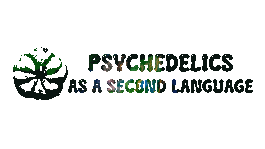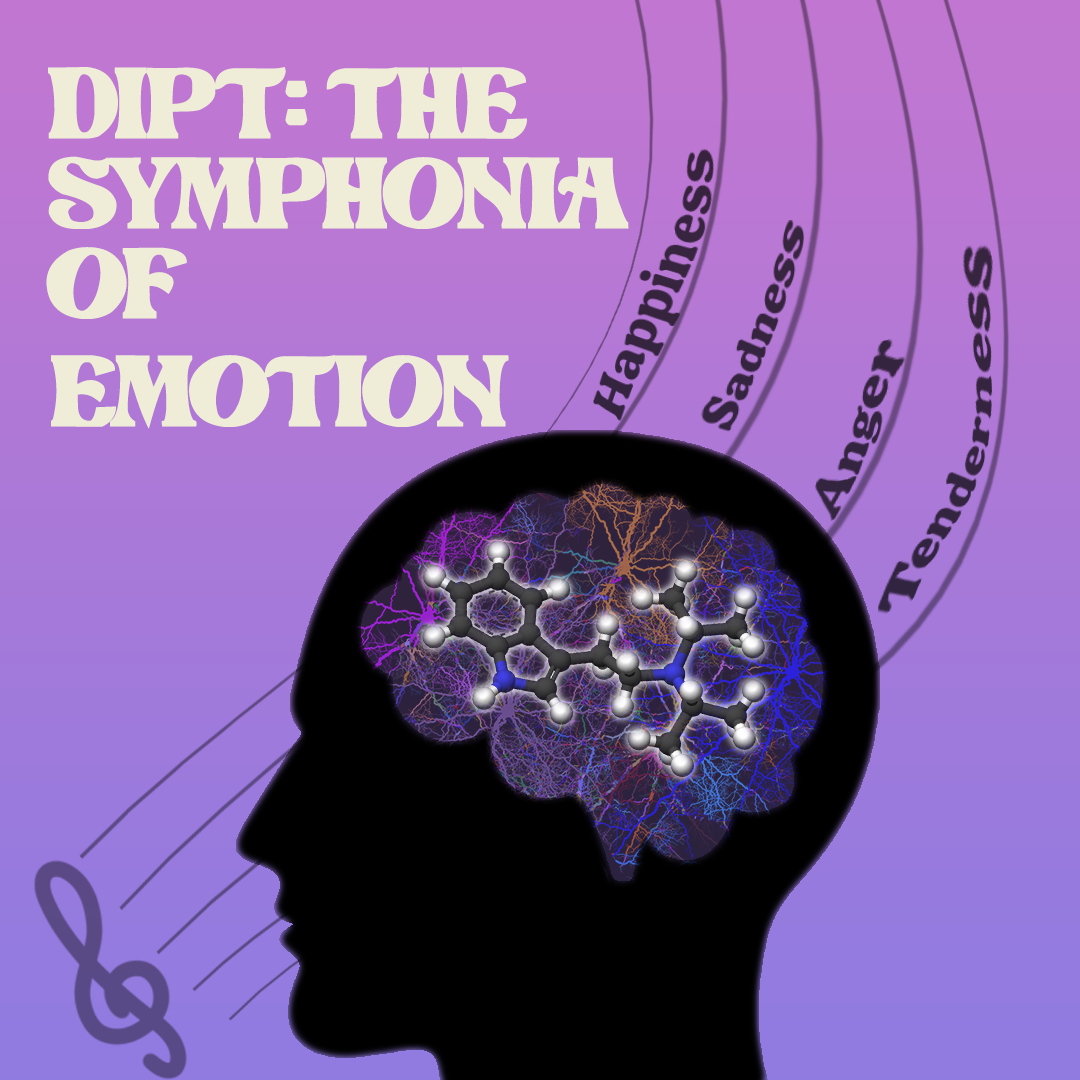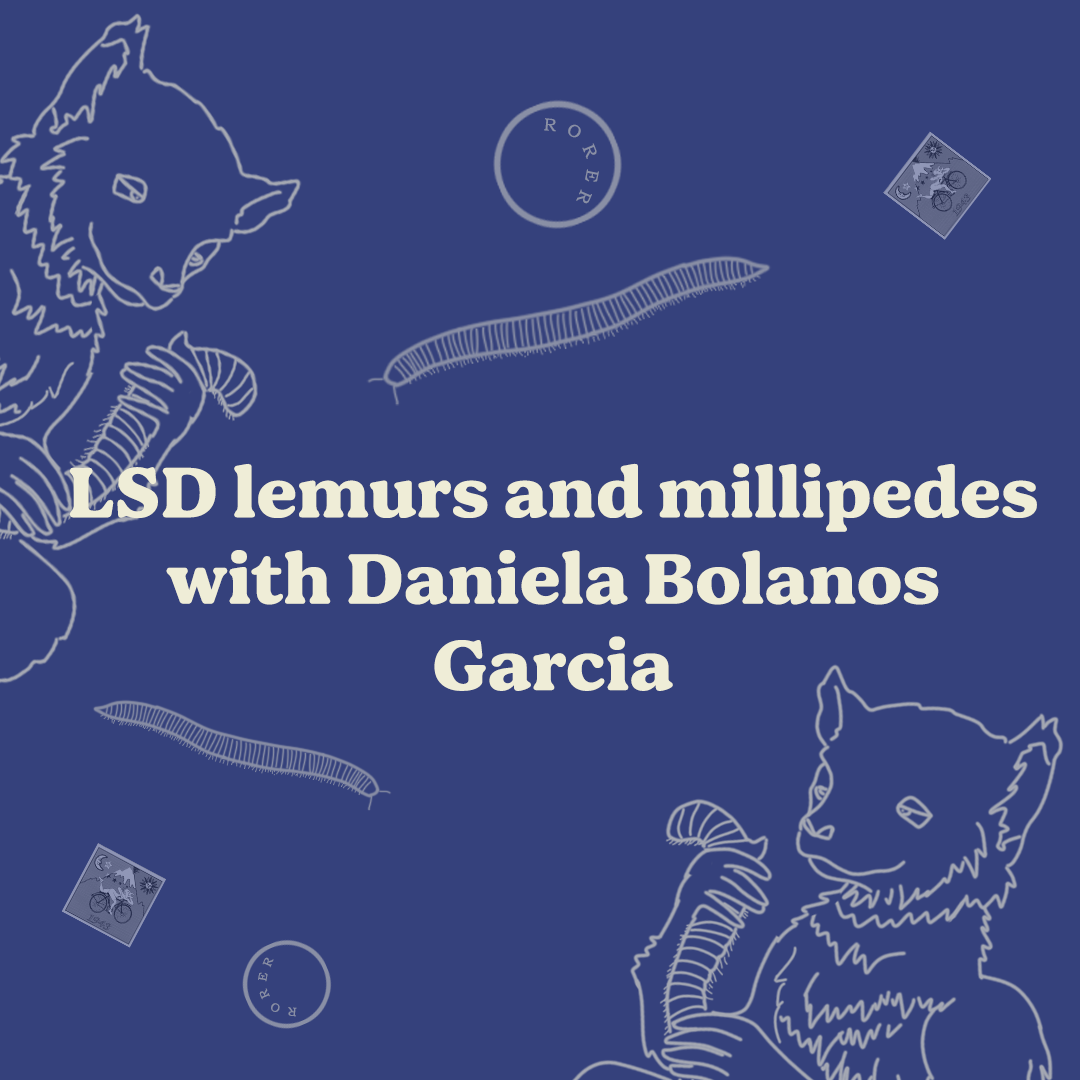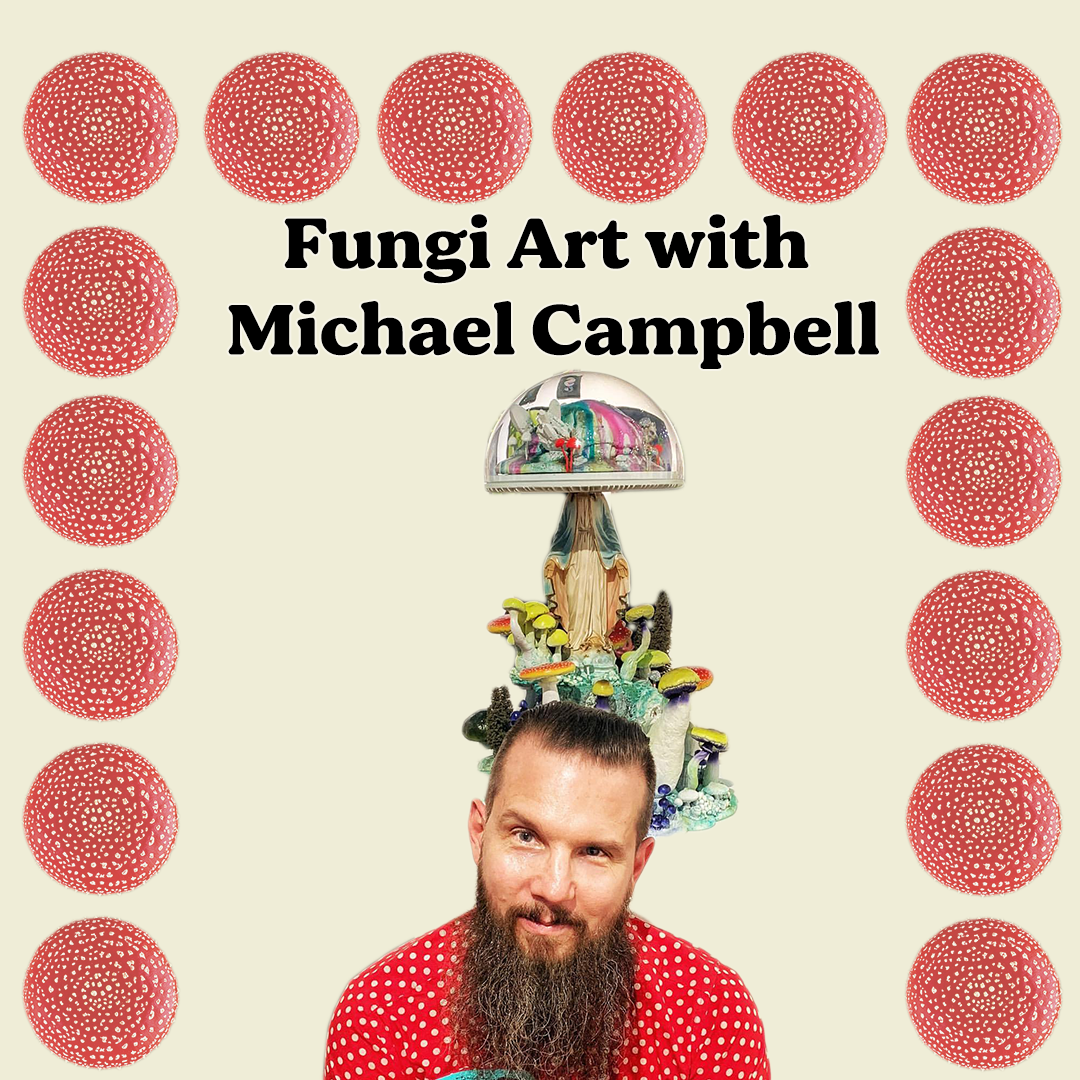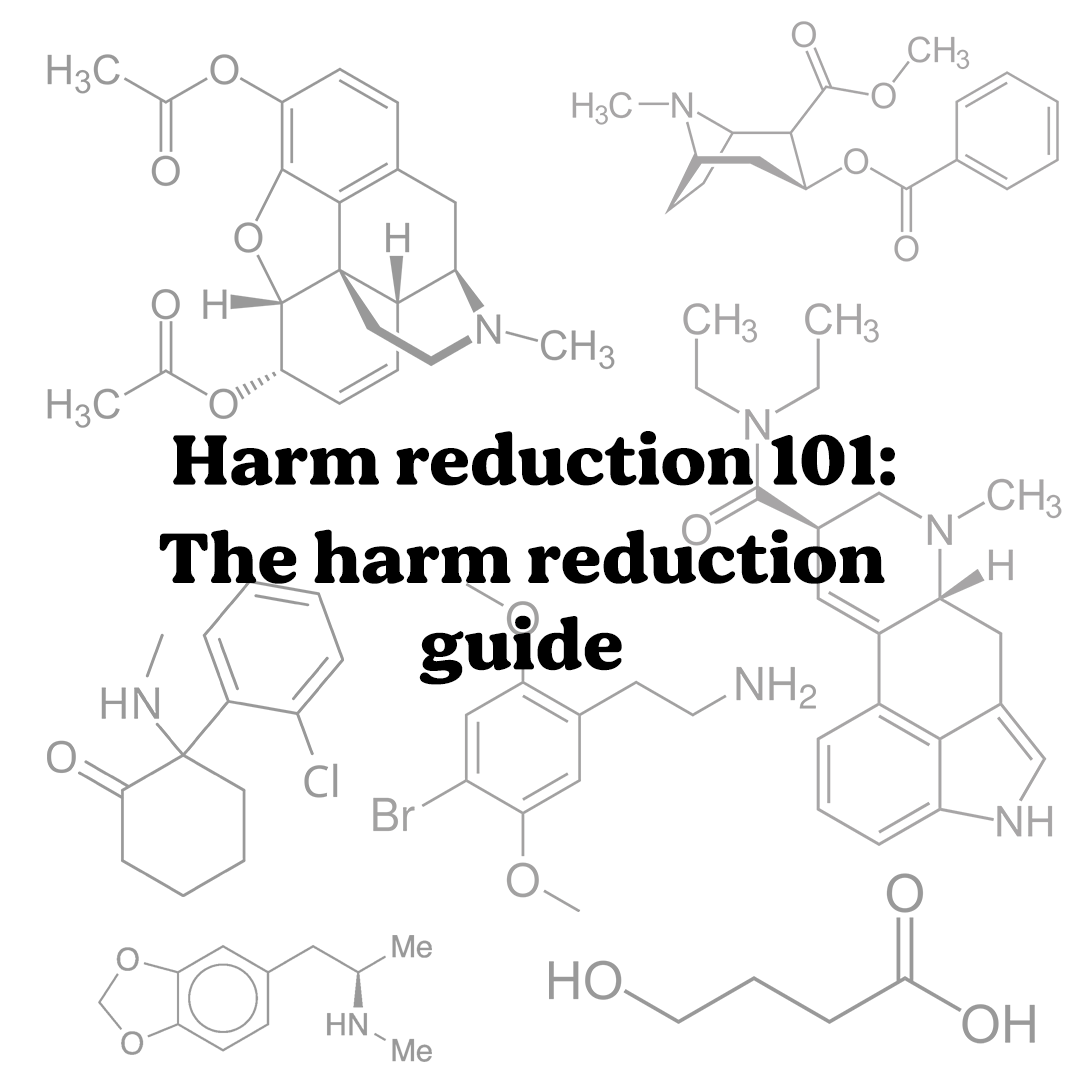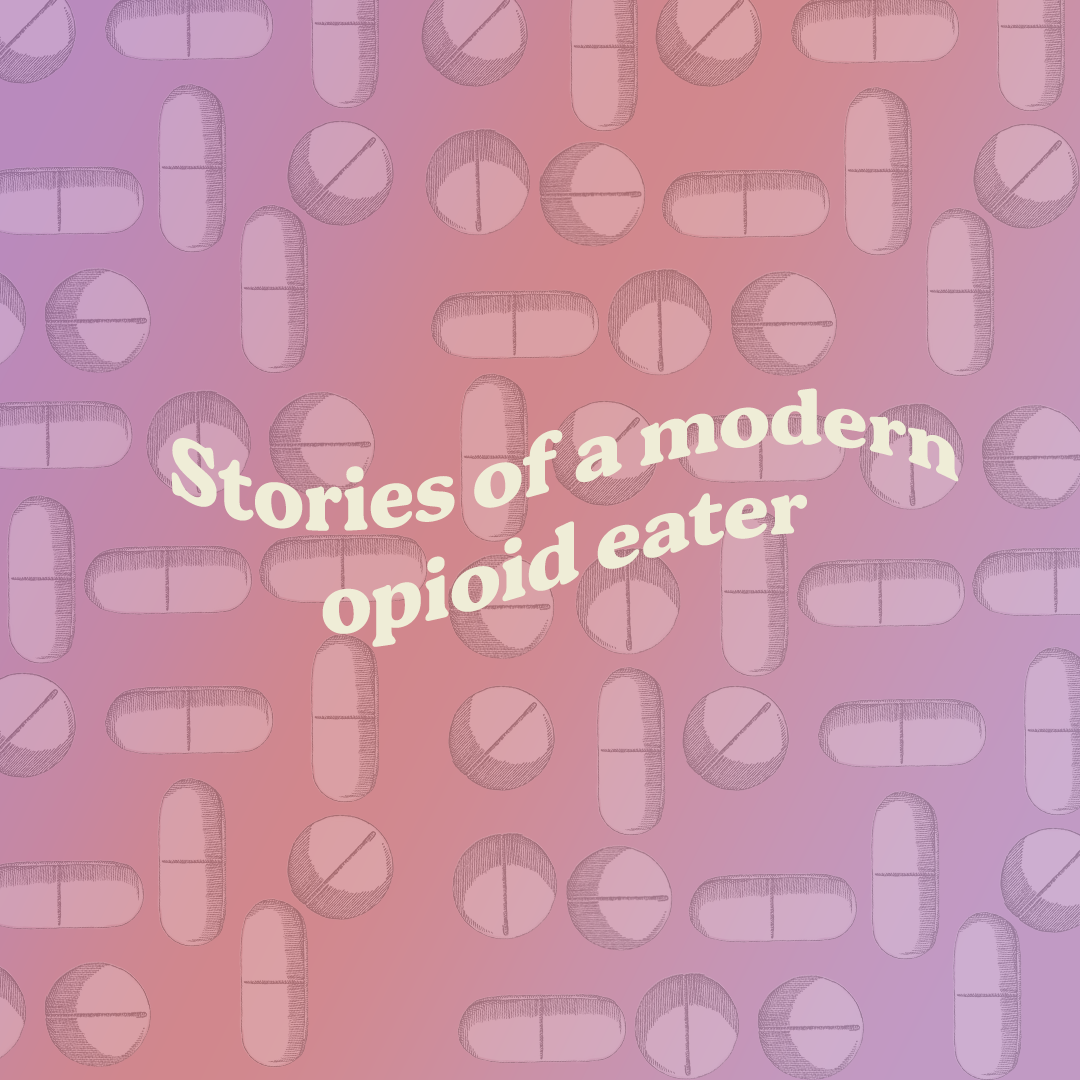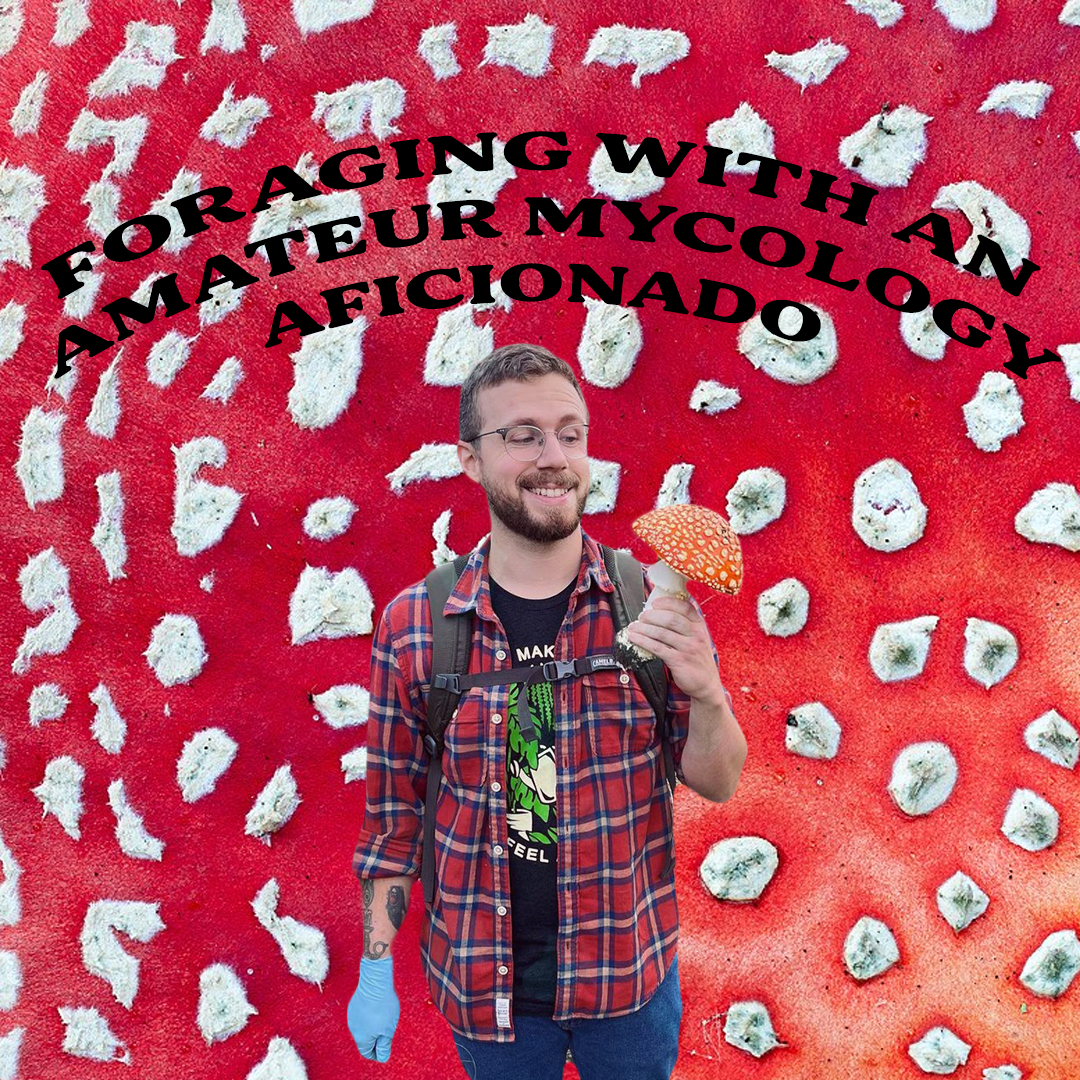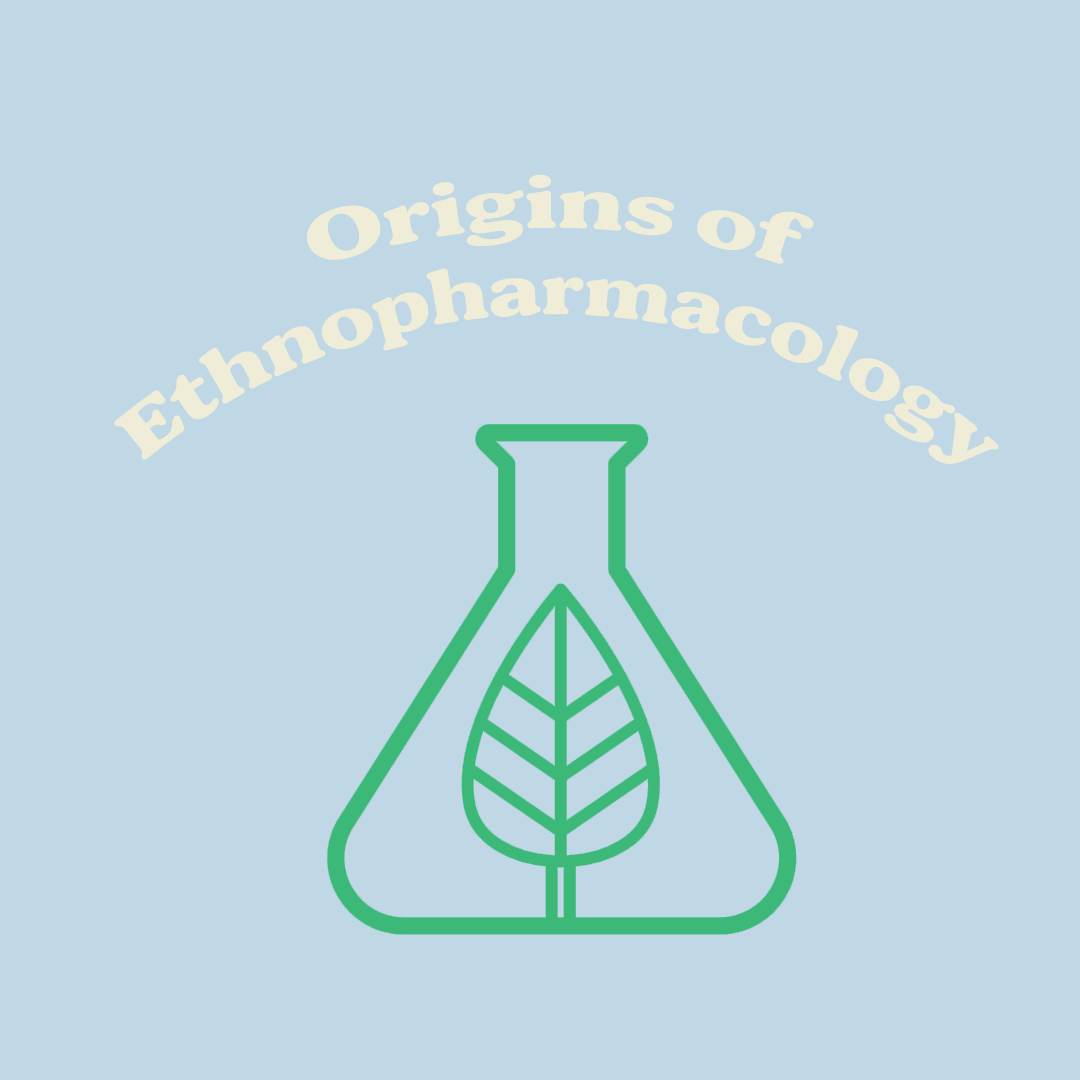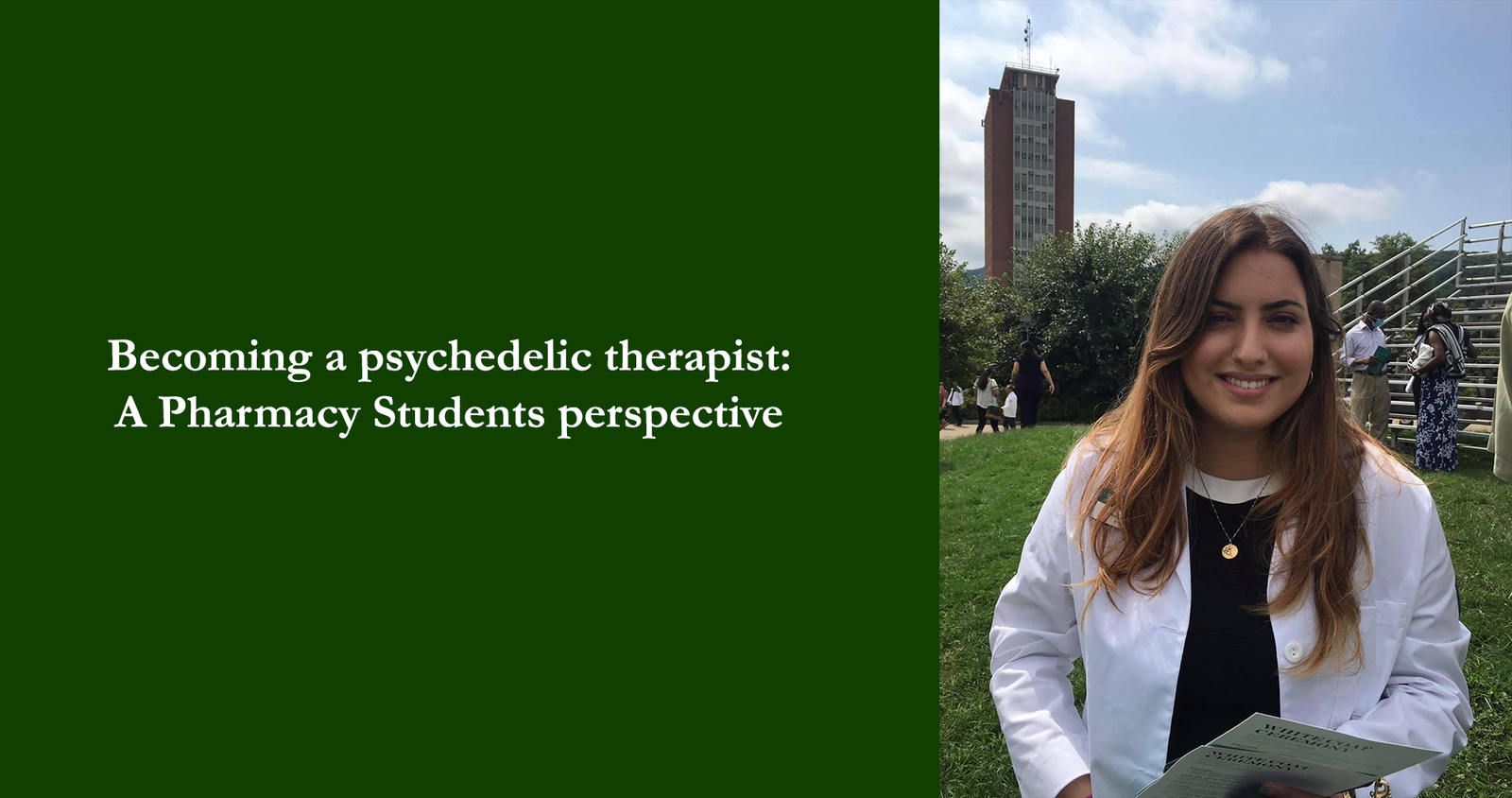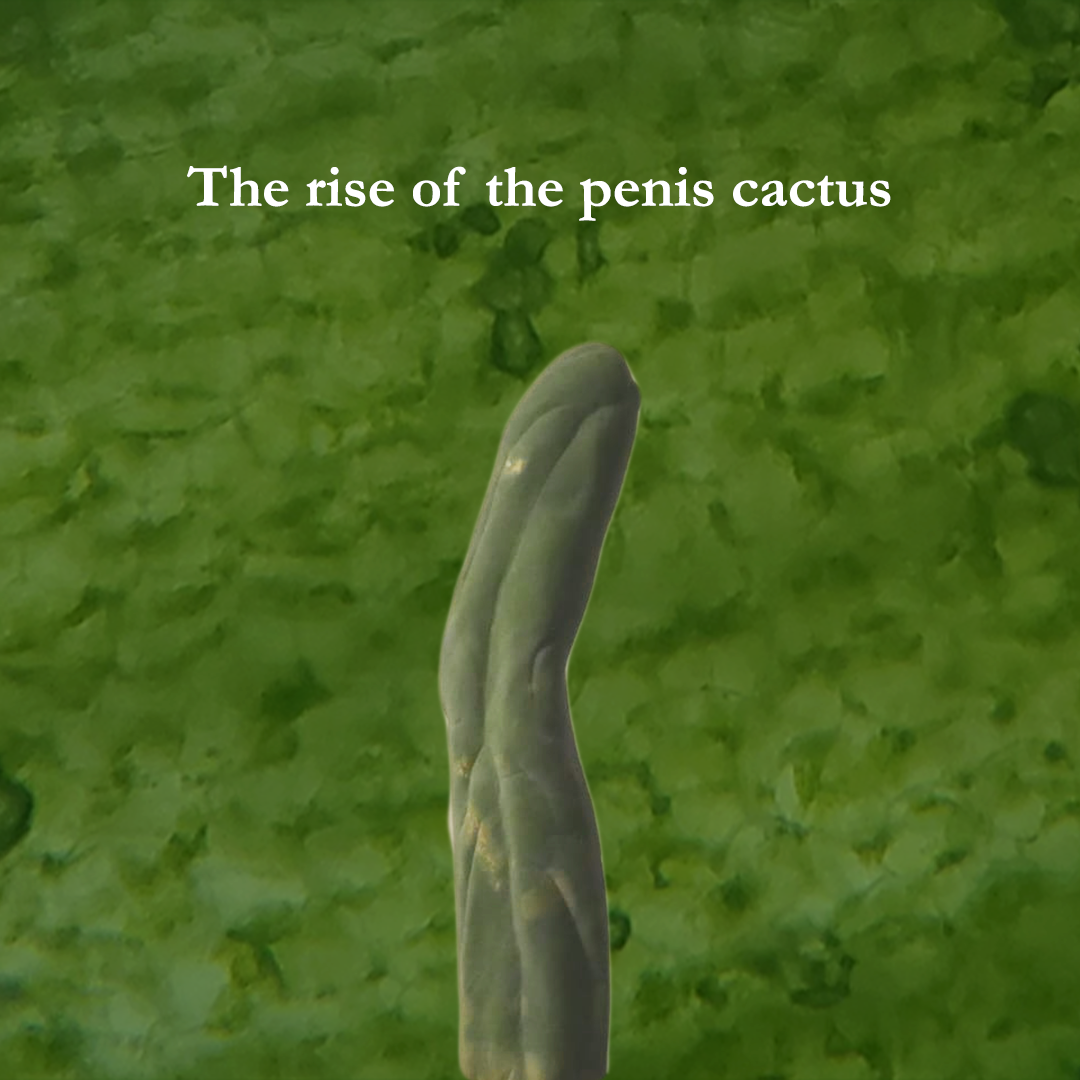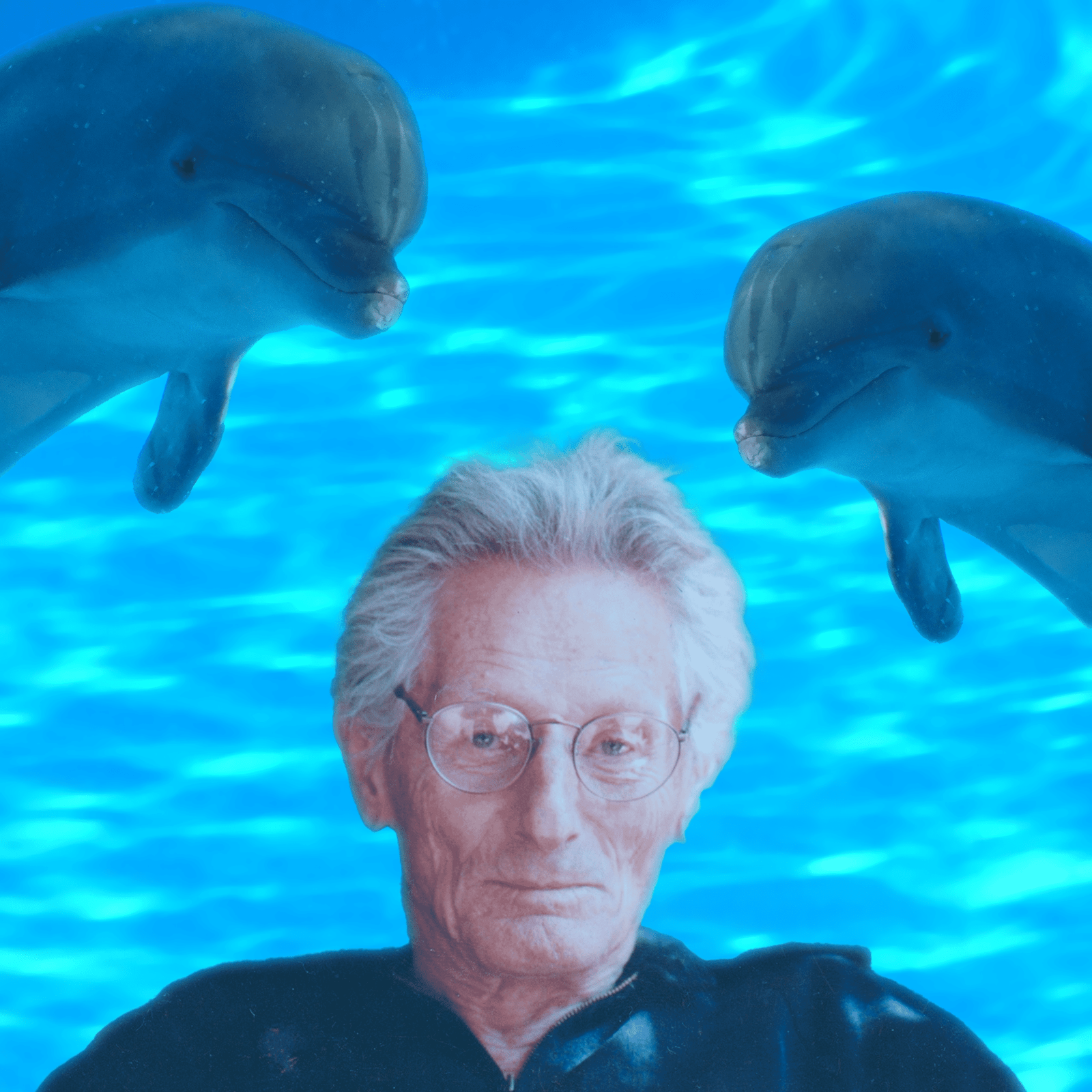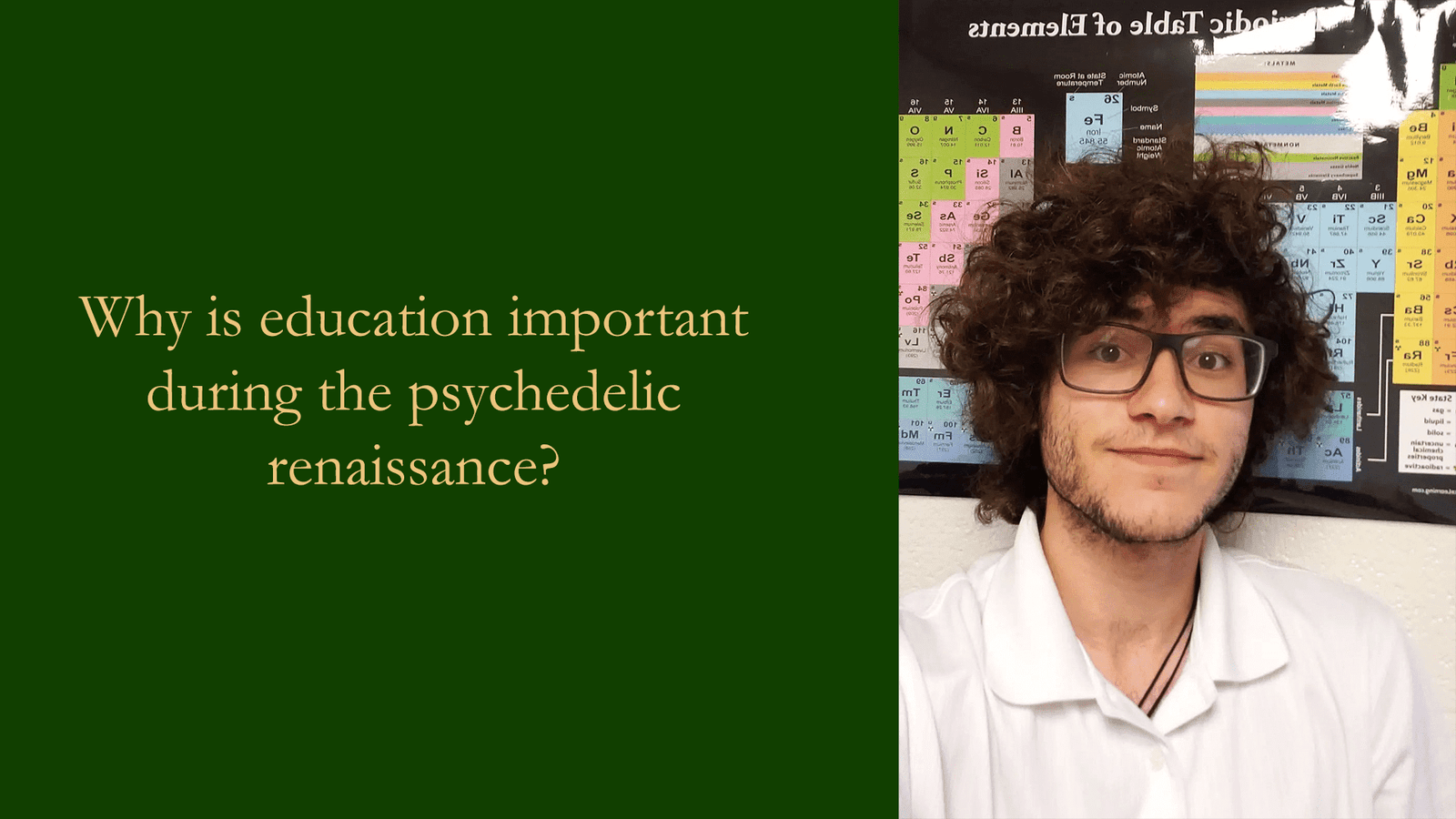Psychedelic Illustrations with Donna Torres
In this interview, we speak to the iconic Donna Torres. Donna is the artist responsible for the illustrations of Shulgin's latest book The Nature of Drugs, Dennis Mckenna's Ethnopharmacologic Search for Psychoactive Drugs, and Jonathan Ott's The Age of Entheogens & The Angel's Dictionary, and Pharmacophilia or the Natural Paradises. We spoke about her experience as an artist, meeting the Shulgins and Jonathan Ott, how we can benefit from psychedelics, and tips for people who wish to start their psychedelic illustration careers.
Read More
DiPT, the symphonia of emotion
Have you ever wondered how music influences our mood and our brain? Who invented music? Would modulating our perception of sound change the way we hear our favorite musicians? And most importantly, how can someone change their perception of sound? Millions of people listen to music daily, utilizing terminology from the classical media, we are in a "music epidemic". Despite not being fairly noticed, music does modulate our feelings and has an impact on our neural networks, reasoning why you will listen to sad songs when you are feeling melancholic, and happy songs when you are in a state of bliss. All those feelings are caused by a change in our brain chemistry. Now let us hypothesize that one would be able to change how we perceive sound, would that change how we feel about a certain song? Absolutely! Raising the question how would someone do that? To answer that, we dive into Alexander Shulgin's magnum opus TiHKAL, to a compound under the name DiPT, a compound known for its auditory hallucinations and distortion of sound.
Read More
LSD lemurs and millipedes with Daniela Bolanos Garcia
The case of Professor John Buettner-Janusch is the biggest scandal around the University of NY, from synthesizing one kilo of Quaaludes and LSD to supposedly give to lemurs (where he gained his nickname Professor Quaalude) to attempting to poison the federal judge responsible for his case. Janusch claimed he had given LSD and Quaaludes to his primates to study their emotional behavior while under the influence of these compounds. However, in the wild, we have also heard that lemurs get high using hallucinogenic millipedes. To get down to these claims, we had a conversation the Tropical Biology student Daniela Bolanos Garcia to understand why they do it, whether they are consciously getting high, and what makes them high!
Read More
Fungi art with Michael Campbell
Depictions of nature are possibly the most primal form of art in human history. From cave paintings to surrealistic paintings from modernism, our art has evolved over the years. Influenced by the psychedelic renaissance and the popularization of mycology by lecturers such as Terence Mckenna and Paul Stamets. Such themes brought new eyes to the scene, people with an artistic vein and interested in more than breeding their own fungi, people that saw the beauty in such specimens and began adapting fungi with their special touch birthing wonderful artworks. Michael Campbell is one of these cases, after being a professor and a student in the field of art, he fell in love with the beauty of nature and started adapting his artworks to thematics such as religion, nature, and fungi.
Read More
Harm reduction 101: The harm reduction guide
This harm-reduction series will be sharing tips on how to have safe trips. Covering subjects such as psychedelic therapy, and psychedelic retreats, the importance of testing your compounds, set and setting, and the importance of having a plan and using a trip sitter. In this chapter, we will be focusing on the importance of testing your substances and when to use each reagent, what is set and setting and their importance, the importance of tripsitters (buddy-system), and how to create a safety plan when using psychedelics.
Read More
Harm reduction 101: Psychedelic therapy and psychedelic retreats
This harm-reduction series will be sharing tips on how to have safe trips. Covering subjects such as psychedelic therapy, and psychedelic retreats, the importance of testing your compounds, set and setting, and the importance of having a plan and using a trip sitter. In this chapter, we will be covering the misconception of psychedelics alone being able to heal mental illnesses, and the processes behind psychedelic therapy, including what is integration, types of integration, and how to be safe in international retreats.
Read More
ATOMIC PROBLEMS
Extremium and Niton aren't part of our scientific vocabulary today, however, they once were. In this article, we delve into the creation of new elements, who is the identity responsible for their nomenclature, and Victor Ninov the man who tried to fool the world by faking an element.
Read More
Stories of a modern opioid eater
From Daquince's use of opium to the modern era, many stories of opioid users have been lost. For that reason, we cover the stories of two opioid- users Benzzzy and Calvin, from what led them to their addiction, their difficulties during this period, their advice for people who might be going through addiction, and their current status. In addition, we discuss the pharmacology student Anthony Furrule (@science_and_anonymous) about opioid prescription, opioid alternatives, the use of Ibogaine or its analogs for the treatment of addiction, and Narcan-resistant Fentanyl.
Read More
FORAGING WITH AN AMATEUR MYCOLOGY AFICIONADO
Foraging Mushrooms might be complicated. Often people are scared to understand what or not to pick. To make this task easy, we spoke to amateur mycologist Zachary Dennis to provide you with the best tips and tricks.
Read More
Origins of Ethnopharmacology
Aspirin, Digoxin, and Morphine aren't the first thing that comes to our minds once we hear the word Plant Medicine. Regardless of their seemingly distant origin, all those compounds once had a plant origin. To this, we name ethnopharmacology. Using the word of Juerg Gertsch: "Ethnopharmacology tries to understand the pharmacological basis of culturally important plants." Today, ethnopharmacology has an equally important role, as we are using plants that have been used for centuries by natives. Plants such as Peyote, Ayahuasca, Iboga, Kava Kava, and Psilocybe aid us with the current mental illness epidemic. Thus, Indigenous communities are once again furnishing us and aiding us with their ancient knowledge, this being said it would only be unfair not to feature such communities in Psychedelic and Ethnobotanical conferences, giving them their due credit, and teaching us about how much these plants mean to their culture, and most importantly how we should respect and protect indigenous rights.
Read More
The new religion of Psilomethoxin
The new internet-breaking tryptamine Psilomethoxin has generated various discussions on threads. Following breadcrumbs left by Alexander Shulgin, the owners of the Psilomethoxin church claimed to have successfully made the compound and report several experiences using it. However, the discussion continues, from being a 4-hydroxylated orally active form of 5-MeO-DMT to a potential neurotoxin for its similarities to 4,5-dihydroxytryptamine it's yet incognito whether the compound could have any neurotoxicity.
Read More
Becoming a psychedelic therapist: A Pharmacy Students perspective
In a conversation with the pharmacy student Iara Martinez, we delve into her interest and experiences in the world of psychedelics, how these compounds aided her in mental illness, as well as the steps to becoming a psychedelic therapist.
Read More
The rise of the penis cactus
Phallic shapes are all over the psychedelic world. From as the Penis-Envy strain to the Penis cactus, in this article we learn more about the origins of this species and how this rare cactus has seduced the community over the years.
Read More
Dolphins and States of consciousness – A deep dive on John C.Lily
Despite being fairly misunderstood, John C.Lilly has contributed to science, metaphysics, neuroscience, and the realms of consciousness. This year as a mark the 21st year after his death we deep dive into Lilly's work on dolphins, ketamine, and the province of the mind.
Read More
Why is education important during the psychedelic renaissance?
In a conversation with the research chemist and student Anthony Furrule (science_and_anonymous), we discuss the importance of education during the Psychedelic Renaissance, harm reduction, and the difficulties of being a social media scientific educator.
Read More
